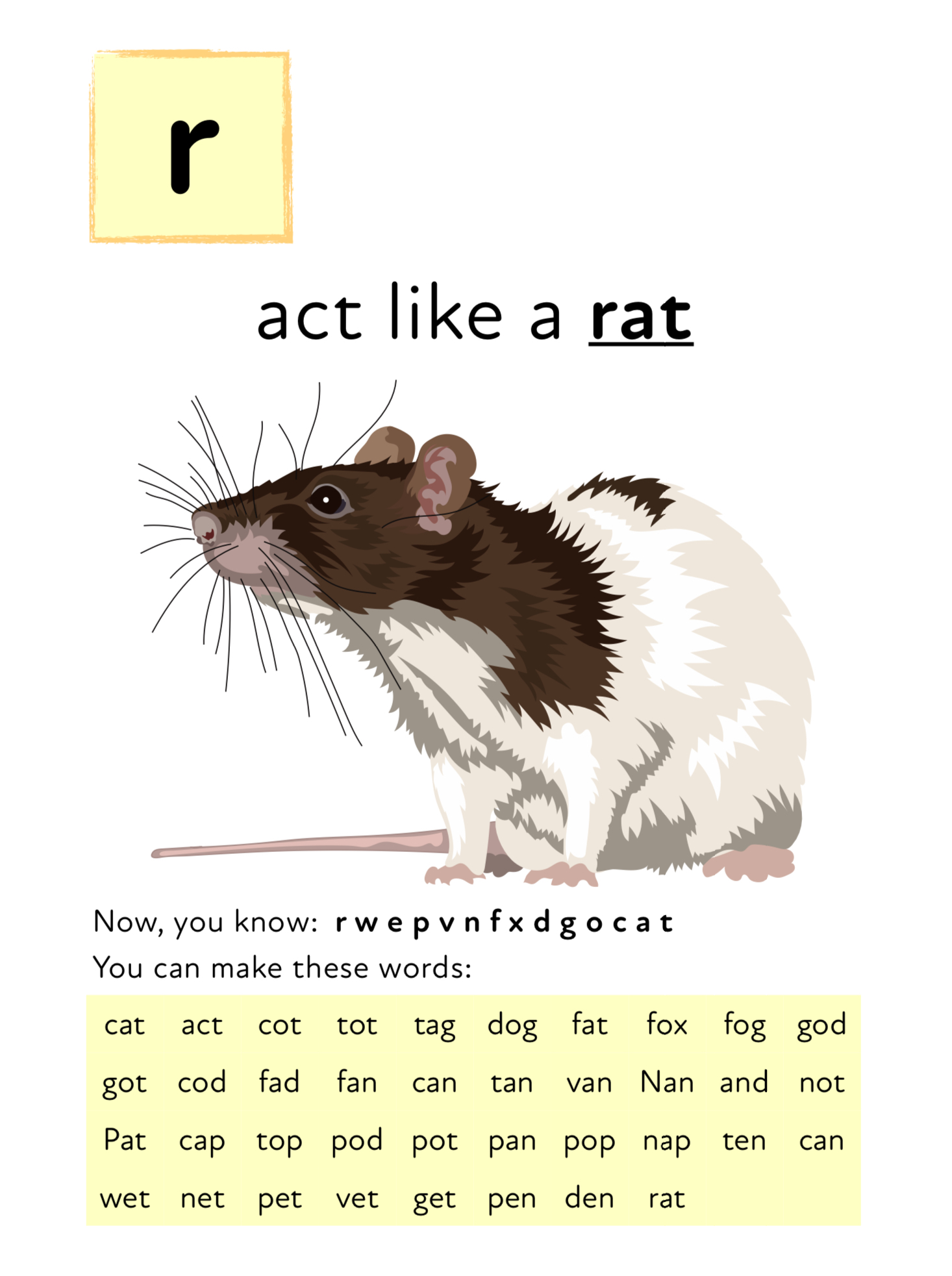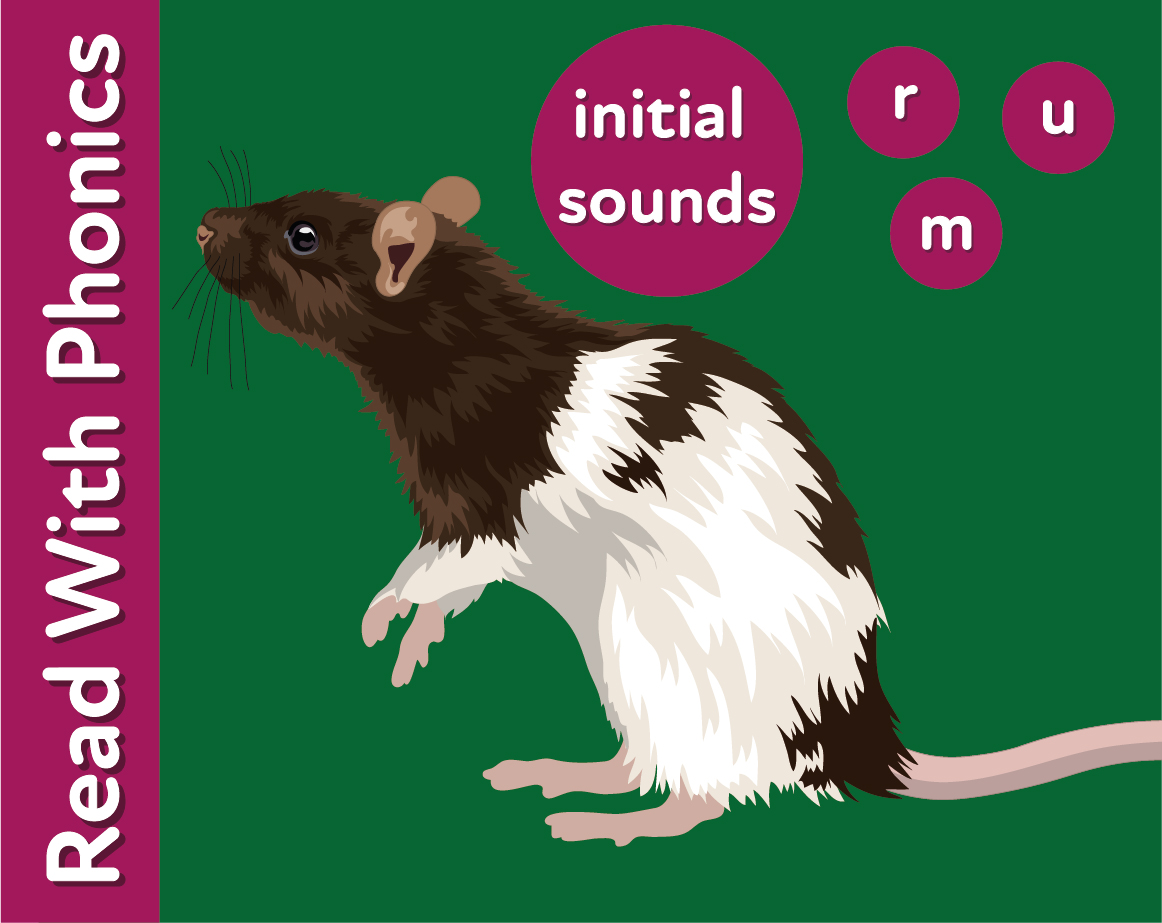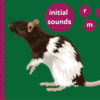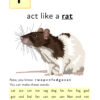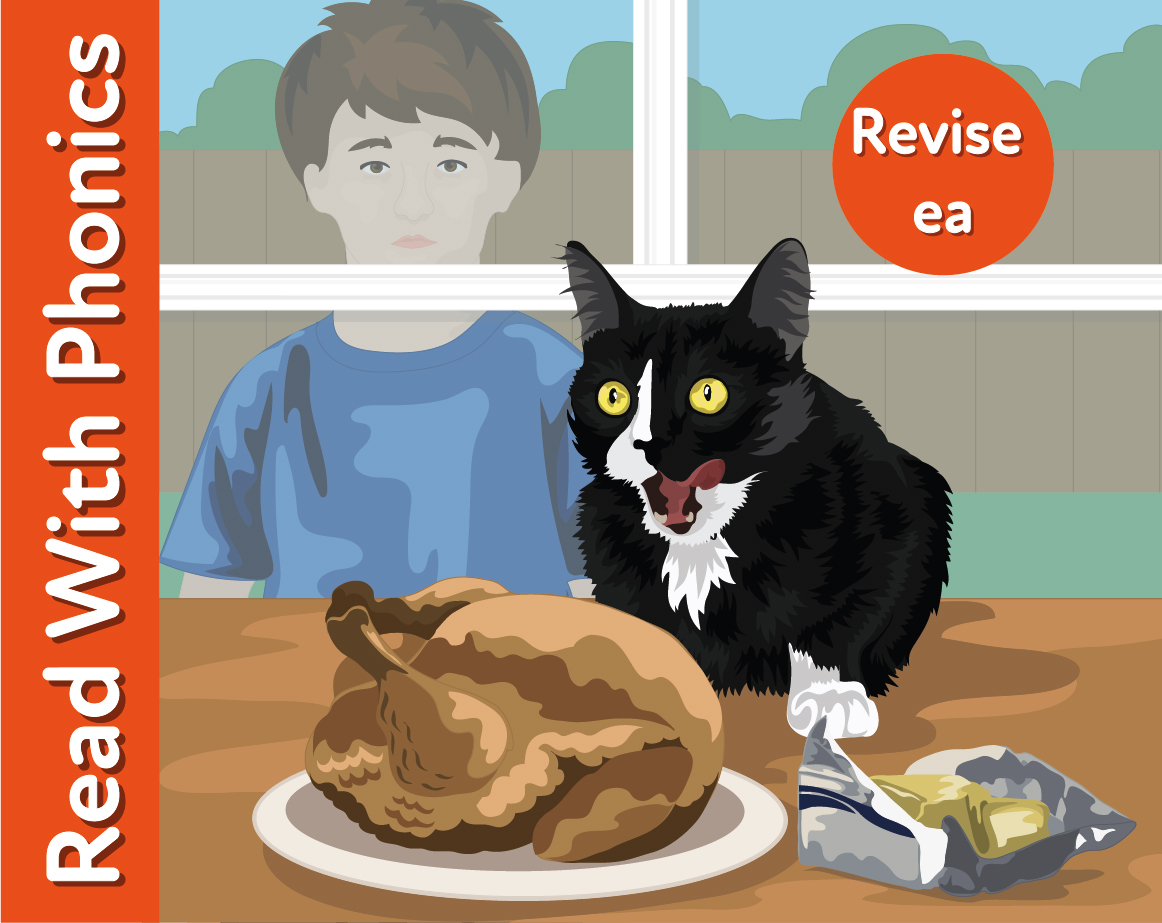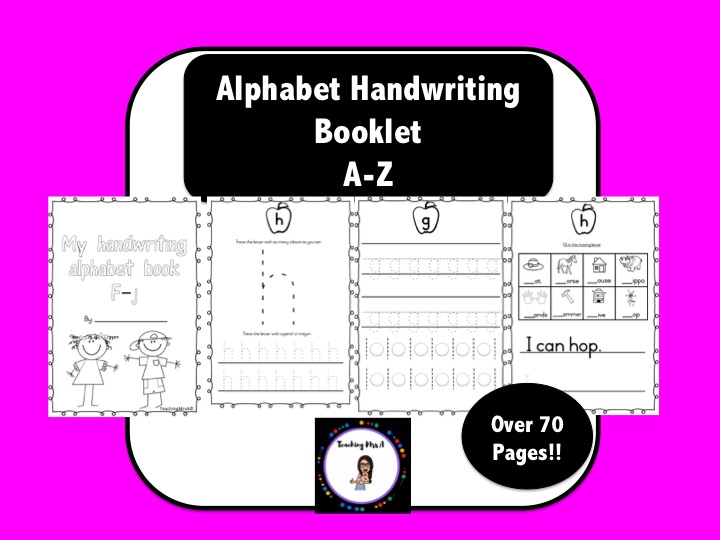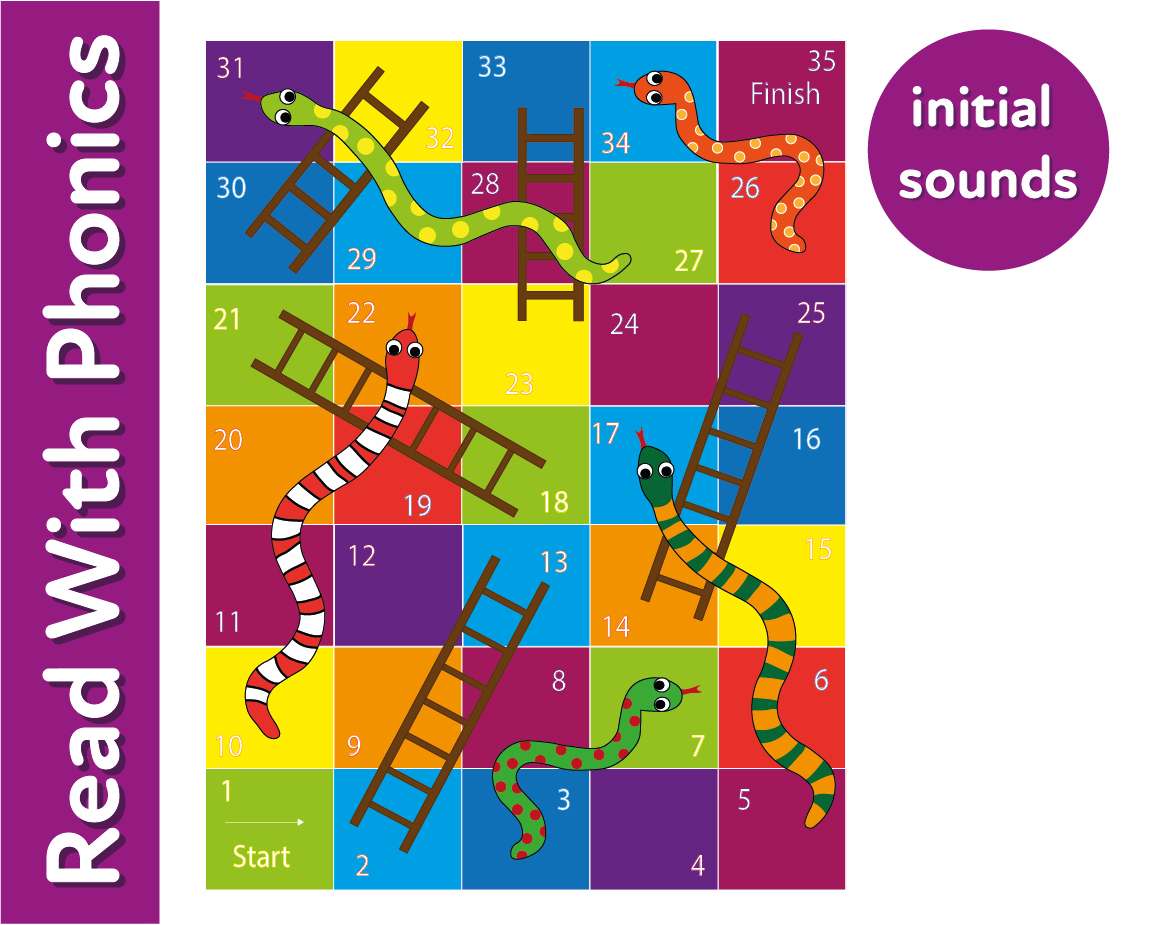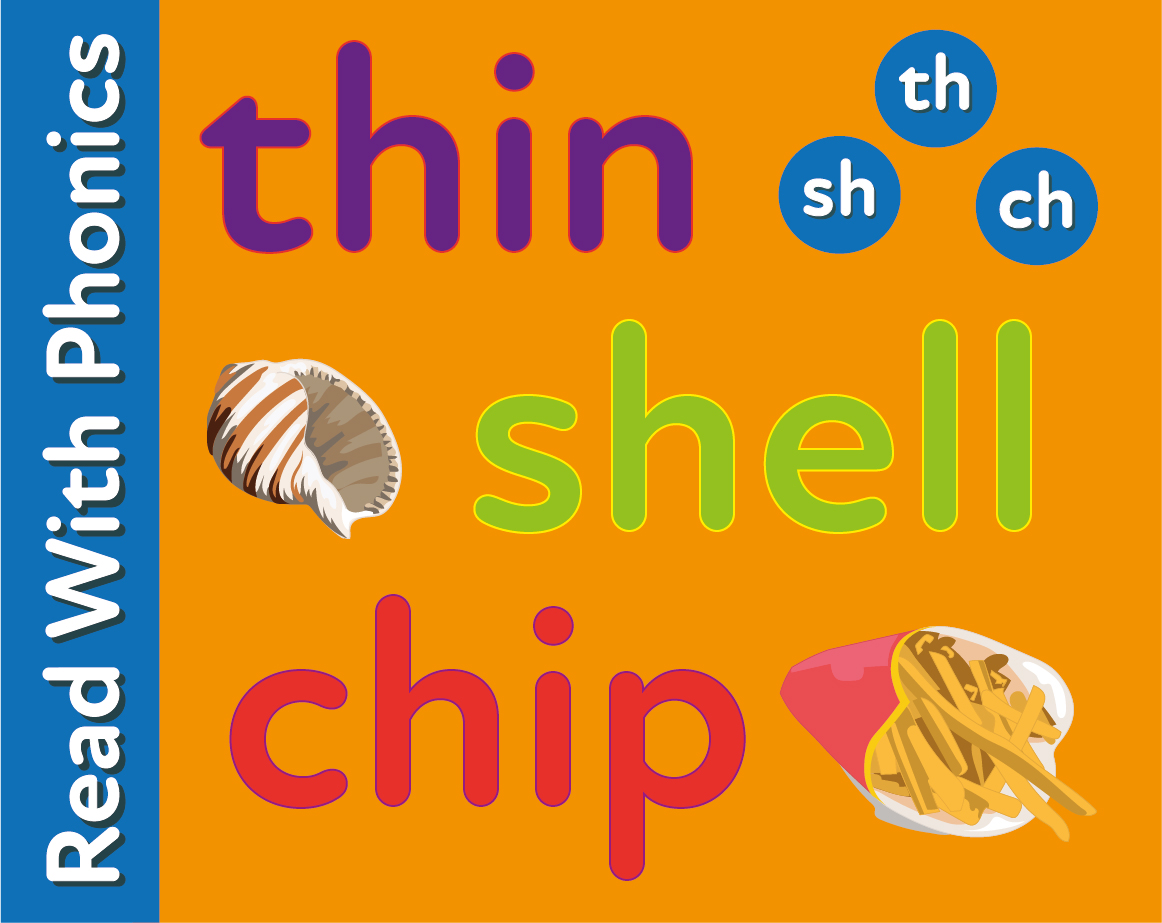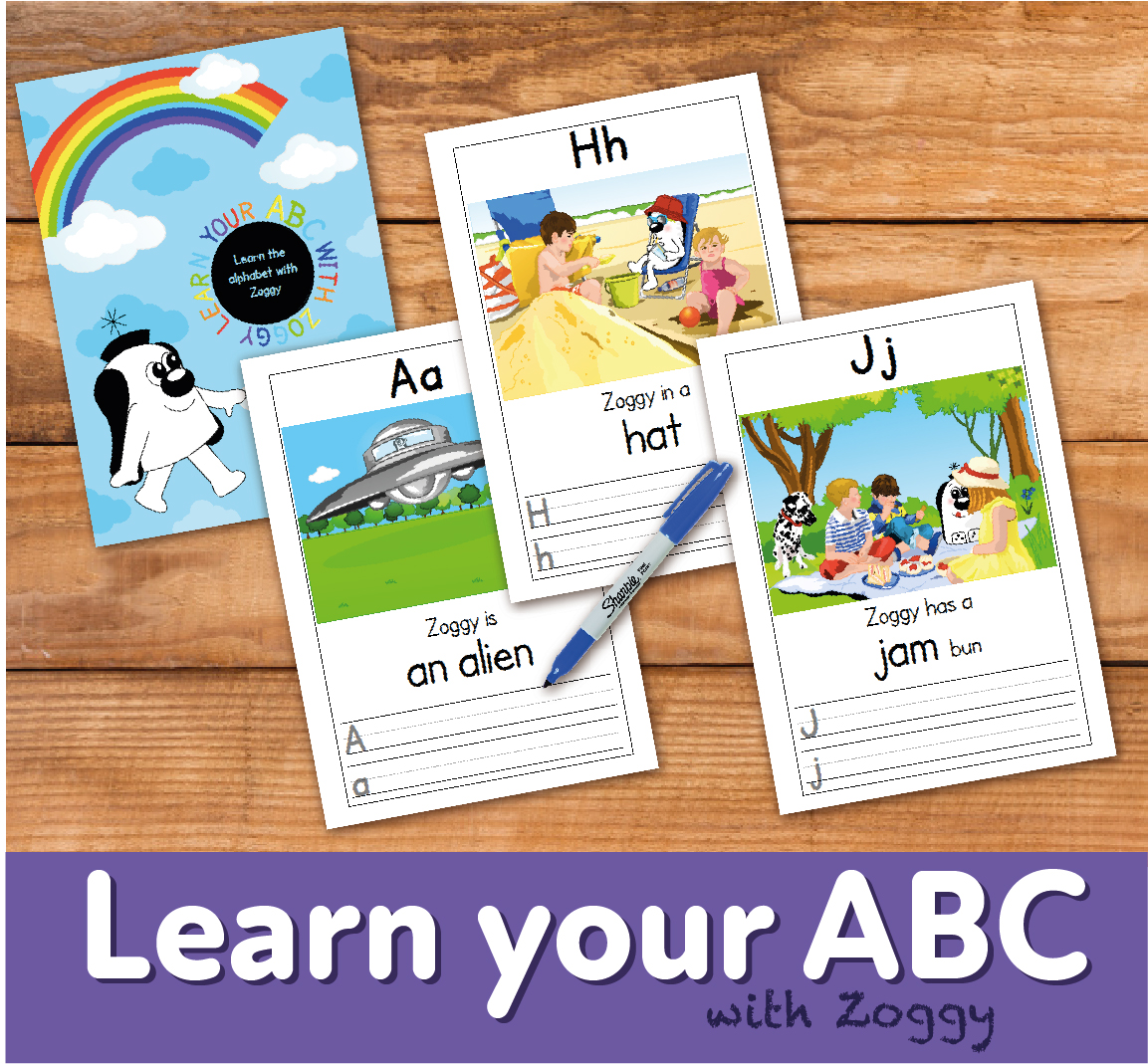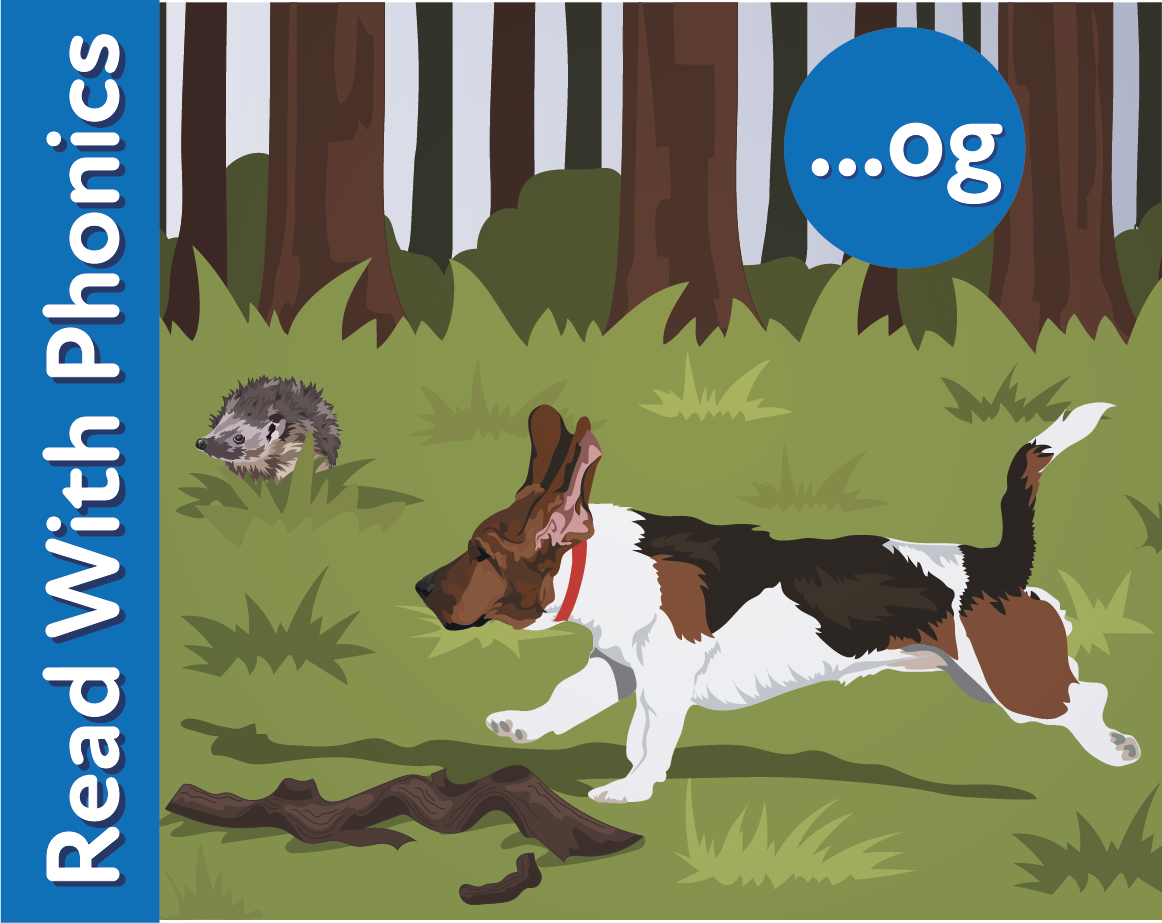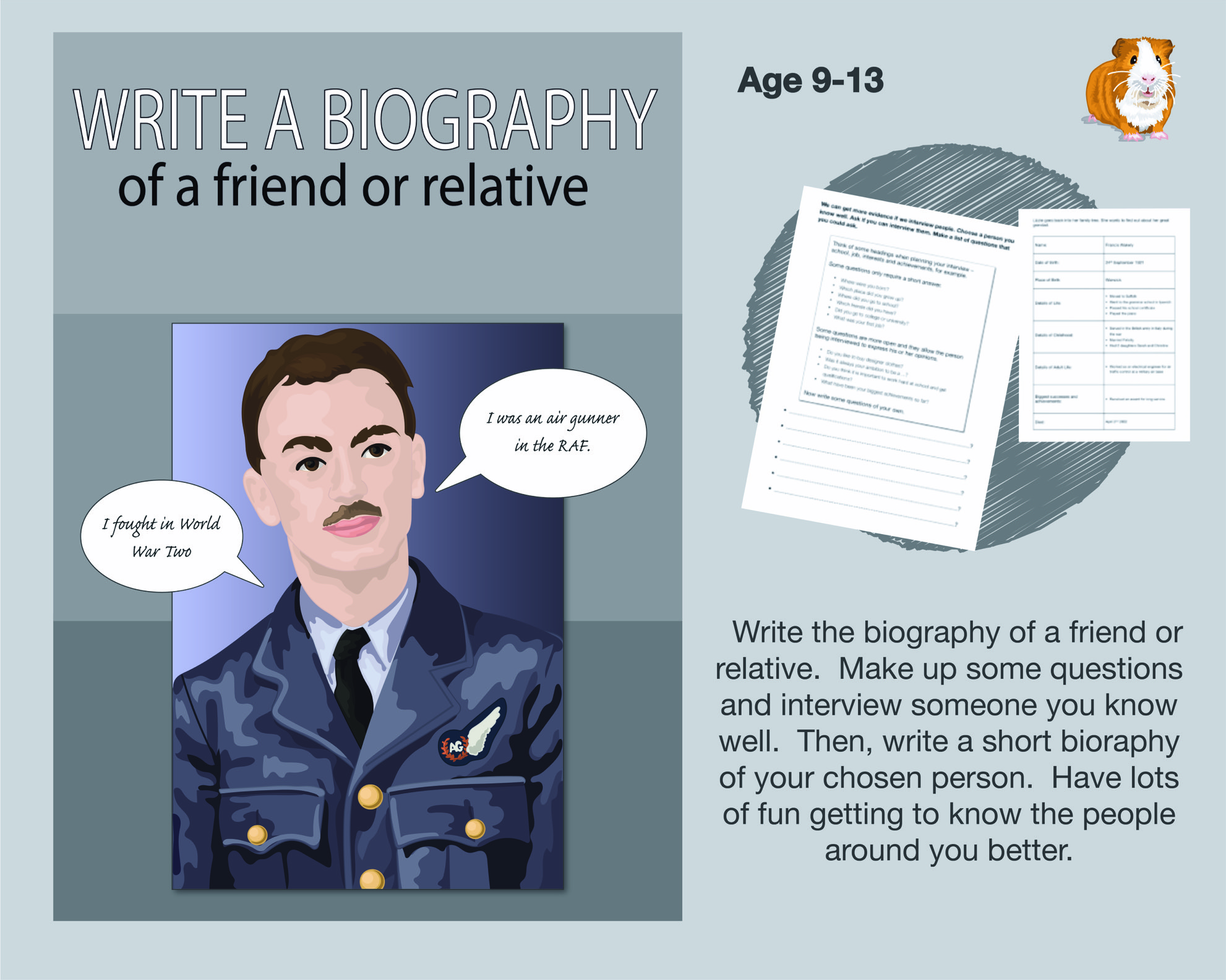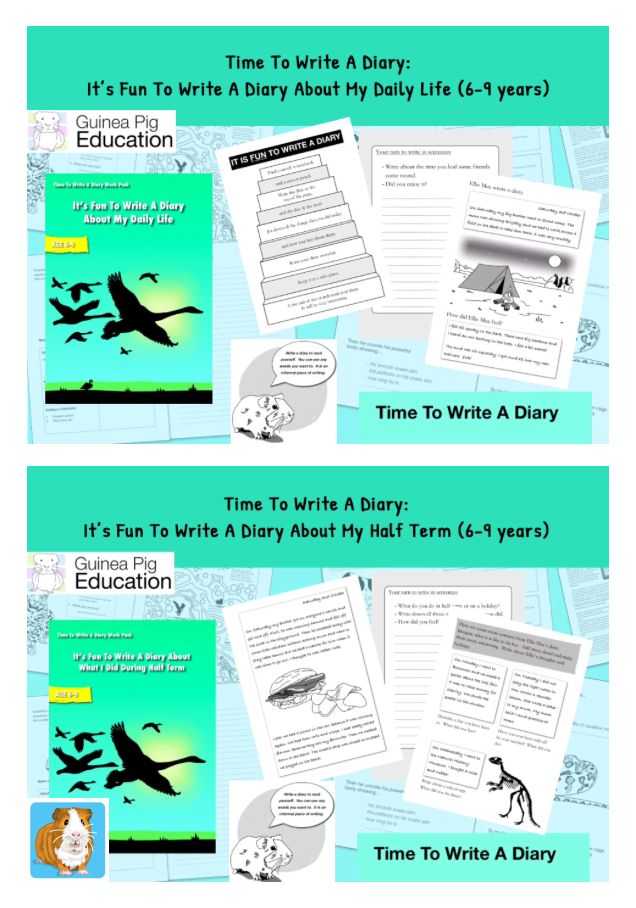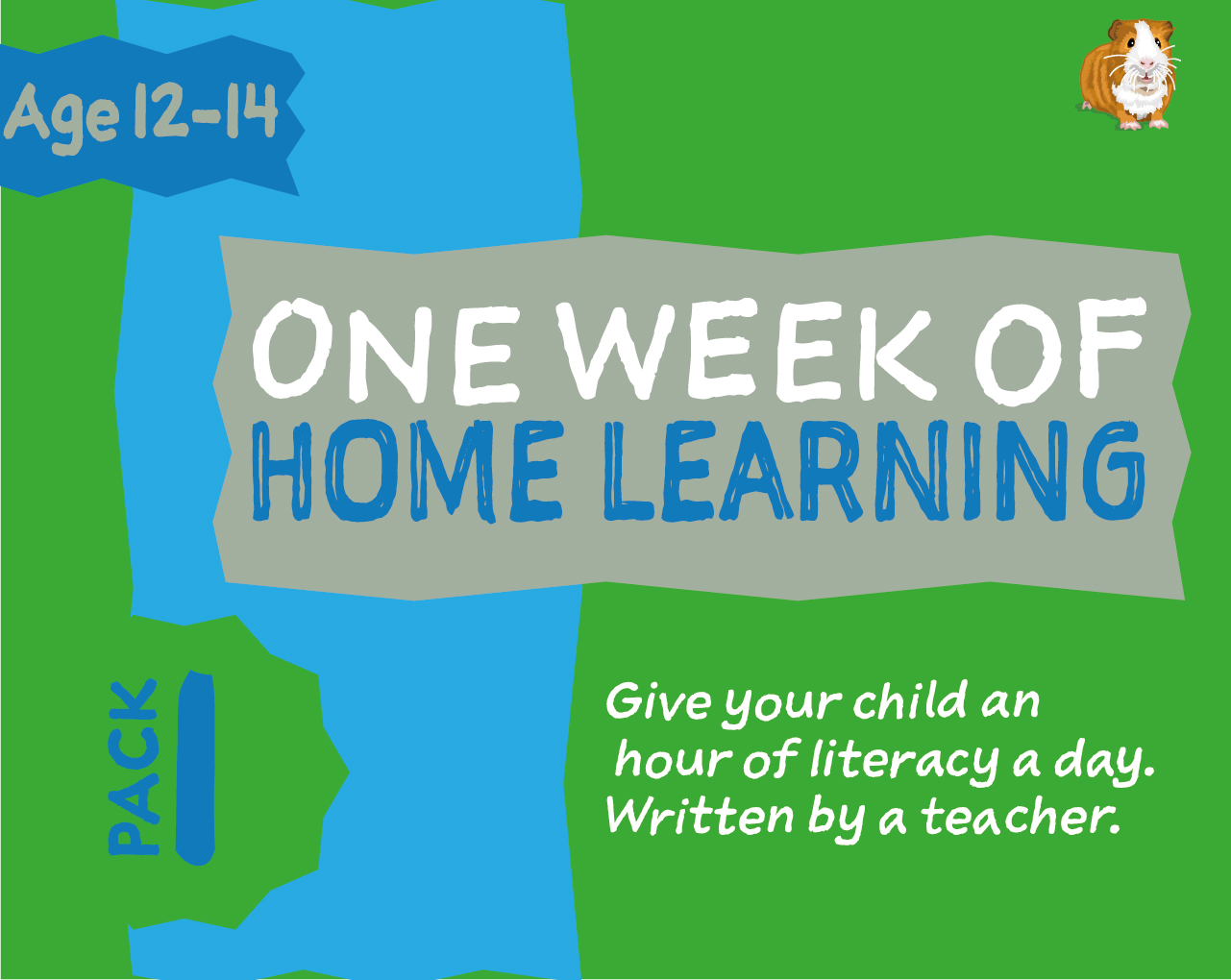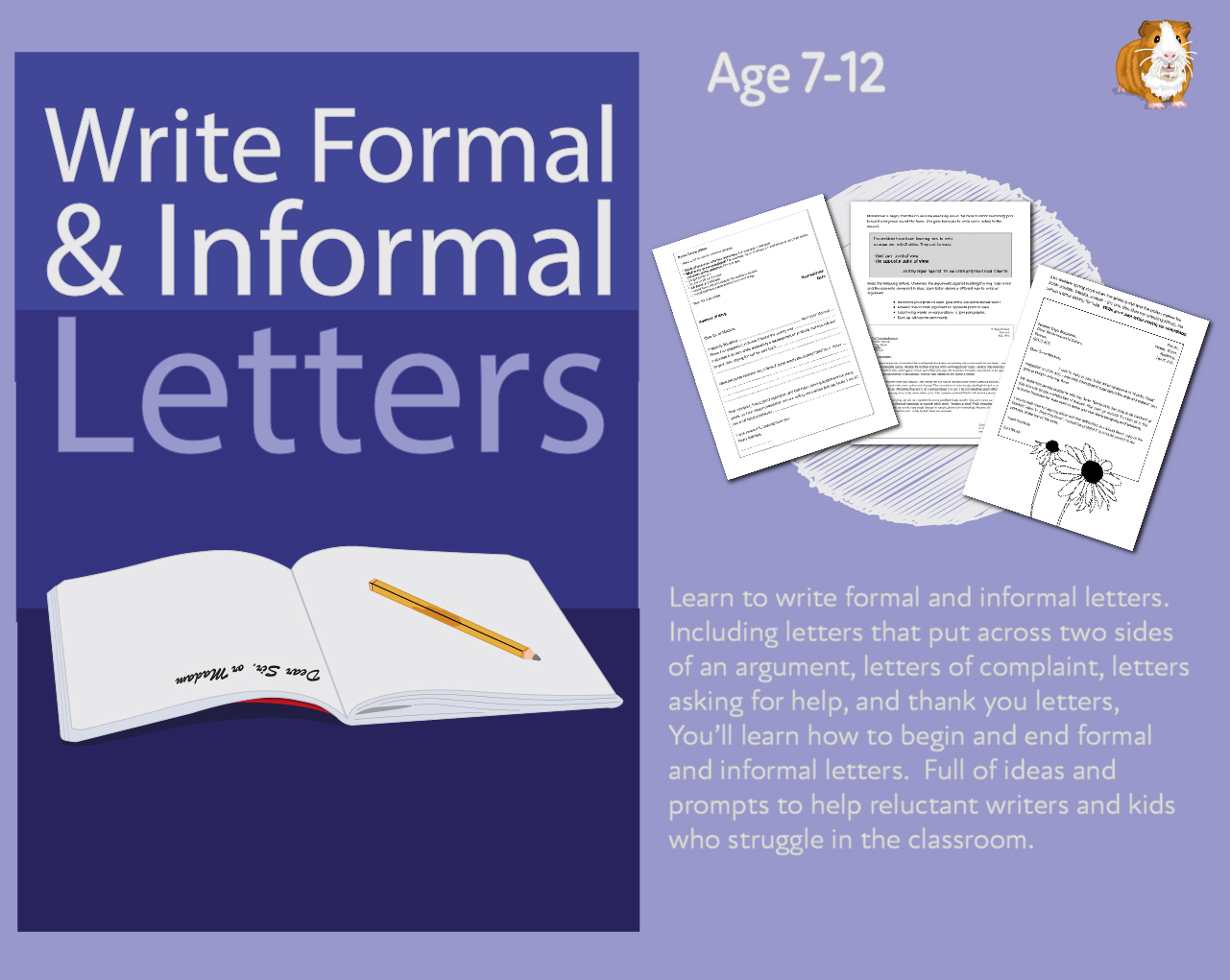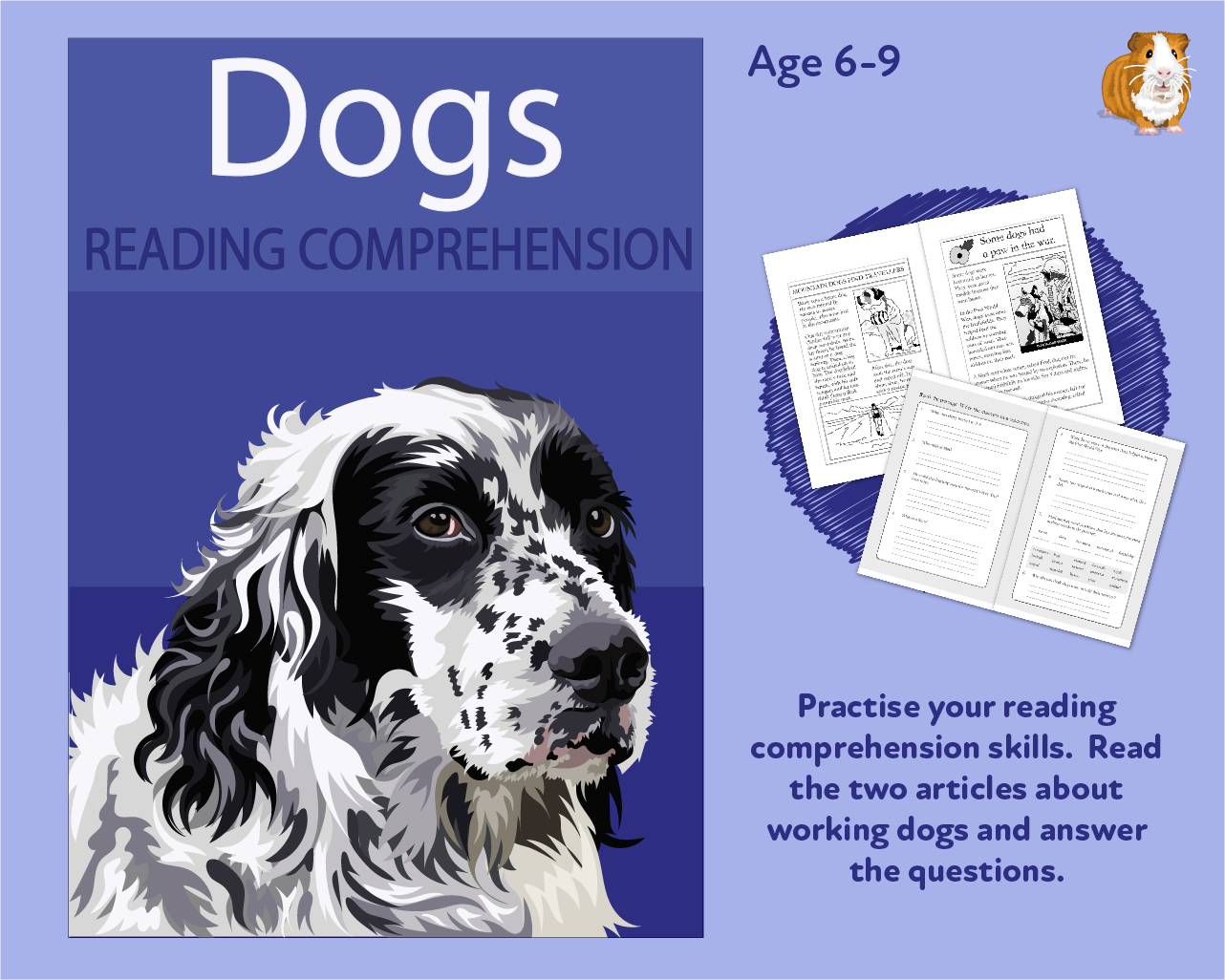Learn The Initial Phonic Sounds ‘r, m, u’ (3+)
At Guinea Pig Education we believe children do not need to spend years learning reading skills; this innovative new scheme teaches children to read in just six months to a year.
$2
Use, by you or one client, in a single end product which end users are not charged for. The total price includes the item price and a buyer fee.
Resource Description
Learn The Initial Phonic Sounds ‘r, m, u’ (3 years +)
Max the mad rat
Run and have fun
How To Use The Pre Reader Work Packs
At Guinea Pig Education we believe children do not need to spend years learning reading skills; this innovative new scheme teaches children to read in just six months to a year.
A non reader should start with our pre reading material. The Pre reader work packs use phonics or the sounds in words. The child can learn a series of phonic sounds, which give him or her a ‘tool’ to work out nearly 80% of words in the English language. The other 20% of words will be learnt by looking and saying the words.
In these packs, the child (or group of children) will be taught to recognise initial sounds as in ‘b’, ‘d’ and vowel sounds as in ‘a’ – c…a…t. They will practise running sounds together to make words. The sentence maker will help him or her to organise the words into sentences.
The packs are easy to use with clear instructions, for the adult to use with a child (or group of children).
The structured material encourages the child to practise word building and sentence making using phonic sounds. To make learning a really fun experience, the material contains word games, like snap and bingo. The child (children) can move on when the adult is confident the sounds have been learnt.
Learn To Read With Phonics Pre Reader packs are designed to start children reading who have not done any reading before. They are a starting point for learning to read with phonics. Children can start at three or four, if they are ready to concentrate.
The Pre Reader packs introduce the 26 sounds of the alphabet, the skills of sounding out words with phonics and blending phonic sounds to make three and four letter words. The child (children) should practise the material each day and move on only when the child is familiar with the material. The course is structured. Each new sound builds on the one that went before.
Tell the child (children) to personalise the drawings, adding to them, using their own ideas. Play the games. Repeat the exercises many times until they know the words. They should have fun learning to read.
5 pages
www.guineapigeducationshop.com



 KES(KSh)
KES(KSh) USD($)
USD($) GBP(£)
GBP(£) GHS(₵)
GHS(₵) NGN(₦)
NGN(₦) MUR(₨)
MUR(₨) BWP(P)
BWP(P) AUD($)
AUD($) TZS(Sh)
TZS(Sh) INR(₹)
INR(₹) PHP(₱)
PHP(₱) AED(د.إ)
AED(د.إ)